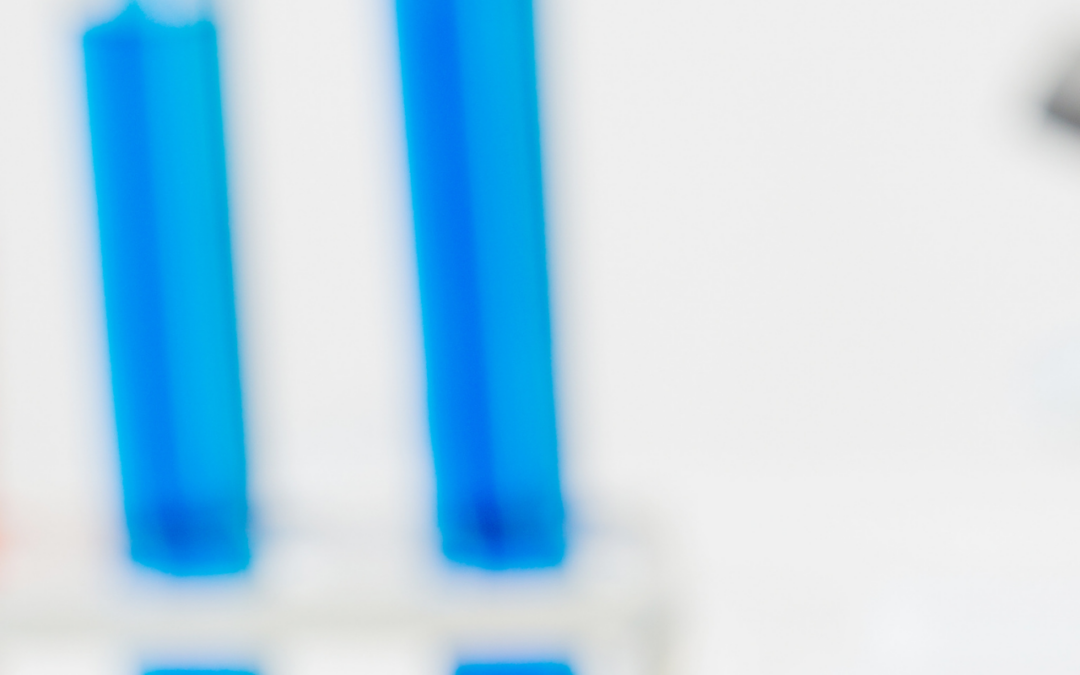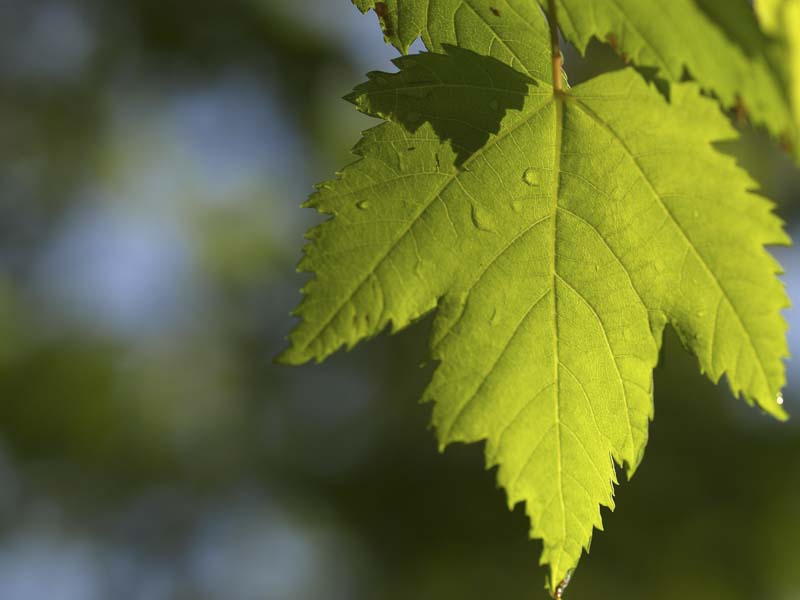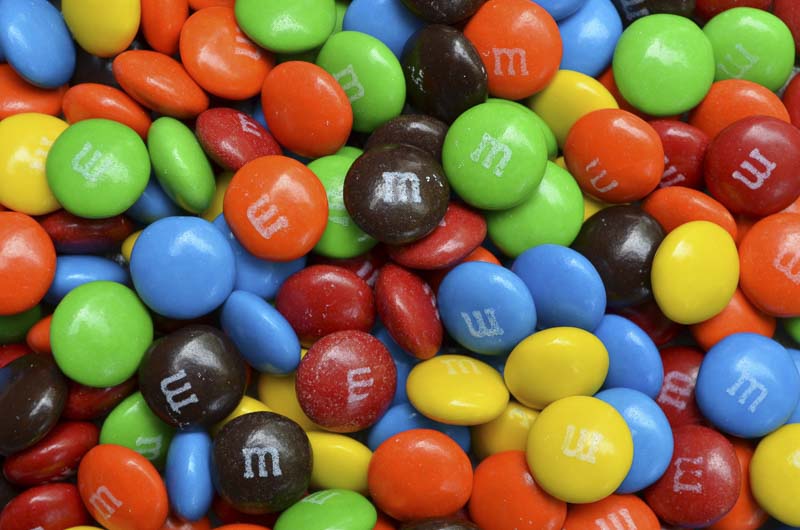Maybe you’ve made baking soda and vinegar volcanoes, but have you ever used that basic chemistry concept to dye eggs? This fizzing Easter Egg Dye project is fun for all ages!
What You Need:
- Hard-boiled eggs
- Food coloring
- Sodium bicarbonate (baking soda)
- Vinegar
- Bowls
- Paintbrushes
- Tongs
- Newspaper or paper towels
What You Do:
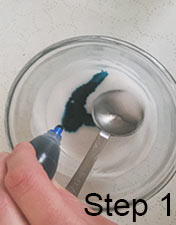
1. Make a paste of baking soda and water and add a few drops of food coloring. Repeat in separate bowls with as many colors as you’d like.
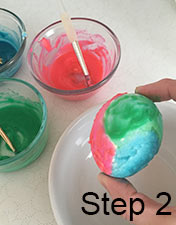
2. Using a paintbrush, apply the baking soda mixture to a hard-boiled egg (if the mixture is too thick and goopy, add more water, several drops at a time until it has thinned to the right consistency to spread easily). Once your egg is decorated the way you want it, set it in an empty bowl.
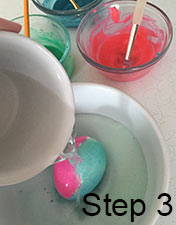
3. Pour about ½ cup of vinegar directly over each egg and enjoy the colorful, fizzy reaction!
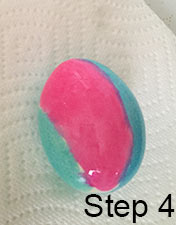
4. Once the fizz has died down, use tongs to carefully fish your egg out of the liquid and set it on newspapers or a stack of paper towels to dry.
5. Repeat with as many eggs as you like—you’ll find that the baking soda paint makes it easy to make more intricate designs on your egg than ordinary egg dye would!
What Happened:
A basic chemical reaction between the baking soda (which is a base) and the vinegar (an acid) is what caused all the fizzing and bubbling! The baking soda made a type of paint when you mixed it with water and food coloring. After the chemical reaction, the baking soda and vinegar were mostly used up, leaving the dye behind on the eggs.
Looking for more egg science? Check out this science lesson on chickens and eggs and this easy egg race project.



